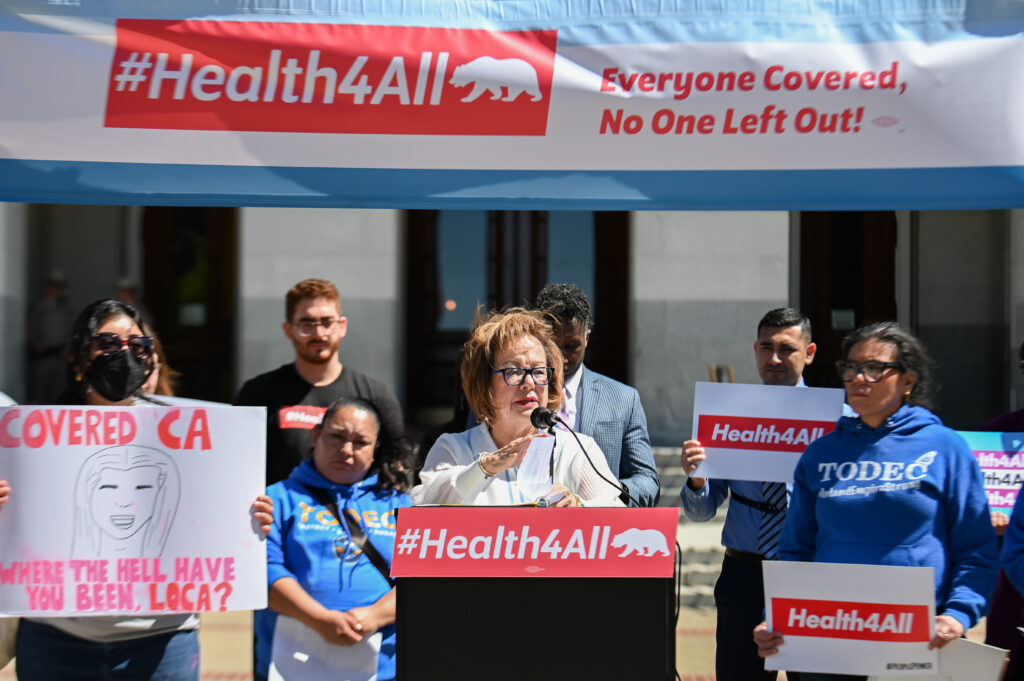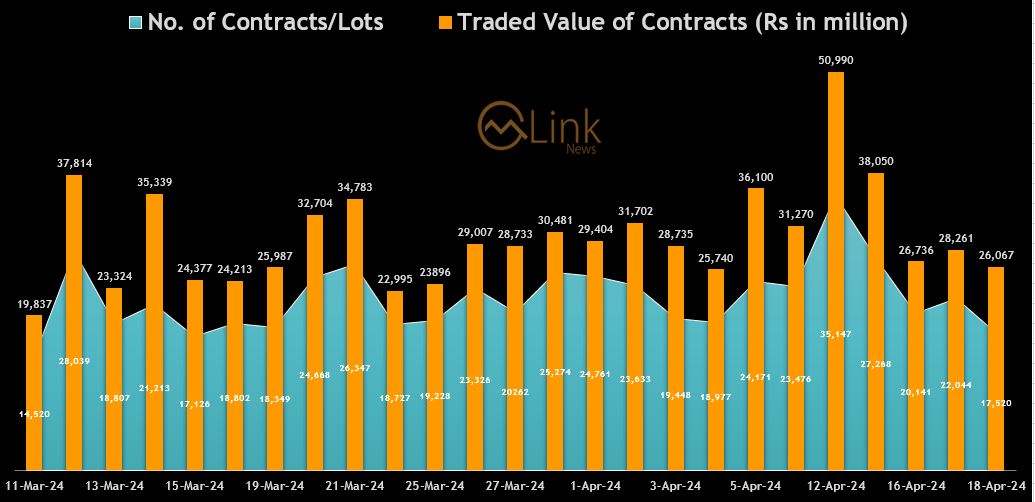The Pandemic Unemployment Assistance program has had a rocky start. Nearly two months after a federal law passed expanding unemployment assistance to workers who normally wouldn’t qualify, states are still scrambling to implement it. Worse, the application process varies...
The Pandemic Unemployment Assistance program has had a rocky start.
Nearly two months after a federal law passed expanding unemployment assistance to workers who normally wouldn’t qualify, states are still scrambling to implement it.
Worse, the application process varies state by state. For instance, California welcomed applicants immediately through the state’s regular unemployment system, whereas Nevada is not yet accepting applicants for Pandemic Unemployment Assistance until it releases a separate online portal.
The Penny Hoarder analyzed the application process in all 50 states, plus Washington, D.C. We compiled the information into an interactive map that shows you how to file in each state.
This guide will explain how to file for Pandemic Unemployment Assistance. Here’s what you need to know.
What Is Pandemic Unemployment Assistance?
Pandemic Unemployment Assistance, established by the recent $2 trillion federal stimulus package, offers unemployment benefits to people who don’t typically qualify for their state’s regular unemployment program. A whole new set of people are now eligible for unemployment benefits including gig workers, independent contractors and furloughed workers.
To be eligible for Pandemic Unemployment Assistance, you must be fully or partially unemployed due to one or more of the following reasons:
You have been diagnosed with COVID-19 or have symptoms and are seeking diagnosis. A member of your household has COVID-19. You are taking care of someone with COVID-19. You are caring for a child or other household member who can’t attend school or work because it is closed due to the pandemic. You are quarantined by order of a doctor or health official. You were scheduled to start employment and don’t have a job or can’t reach their workplace as a result of the pandemic. You have become the breadwinner for a household because the head of household died due to COVID-19. You had to quit your job as a direct result of COVID-19. Your workplace is closed as a direct result of COVID-19.If you have already exhausted your state’s Unemployment Insurance benefits, you may receive additional benefits through PUA.
Weekly PUA benefits are half of your state’s average unemployment payment. Average state payments range from $215 to $550, meaning that you can expect PUA payments between $107 and $225 weekly.
Read more about Pandemic Unemployment Assistance eligibility and payments.
A program known as Pandemic Unemployment Emergency Compensation in the CARES Act extends the length of unemployment programs to a maximum of 39 weeks and boosts compensation by an additional $600 a week for four months.
For example, if you are approved for PUA, you will receive a minimum weekly payment of $107 (lowest possible benefit) plus $600.
The Many Acronyms Related to Unemployment Applications
You’re sure to come across a slew of acronyms throughout your unemployment application journey. Here’s a primer on the most important ones.
CARES Act: The Coronavirus Aid, Relief and Economic Security (CARES) Act expanded unemployment assistance, authorized $1,200 stimulus checks and provided relief for small businesses, among several other things. Under this law, those who are partially or fully unemployed as a direct result of the coronavirus may receive up to 39 weeks of federal unemployment benefits.
DOL: The federal Department of Labor oversees all states’ unemployment systems. Your state may have its own agency named the Department of Labor that administers its unemployment benefits. Several states chose different names. General speaking, DOL is referring to the federal agency.
DUA: Disaster Unemployment Assistance is not Pandemic Unemployment Assistance. You may come across this long-standing program on your state’s unemployment website. Do not apply. Despite the similar names, they are very different. DUA is administered by FEMA for natural disasters.
UI: Unemployment Insurance is a state-by-state compensation program for those who are out of work at no fault of their own. Each state has different unemployment rules and may refer to their Unemployment Insurance program by a different name. This program is generally available to W-2 employees whose employers pay payroll taxes.
PUEC: stands for Pandemic Unemployment Emergency Compensation. PUEC is a supplement to all state’s UI and PUA benefits. The CARES Act authorized an additional $600 per week for four months. Anyone who is approved for unemployment benefits will automatically receive this bonus. No separate application or action is needed.
How to File for Pandemic Unemployment Assistance, State by State
Our interactive map includes PUA filing instructions for all 50 states and Washington, D.C.
Based on The Penny Hoarder’s analysis, 35 states and D.C. process PUA applicants using the same application for general unemployment. Only 14 states have separate PUA applications.
Here’s how we broke it down on the map.
General Unemployment
To determine PUA eligibility, most states funnel applicants through the Unemployment Insurance system first. Those states require you to file two applications: state unemployment first, then PUA.
In such states, you must get denied Unemployment Insurance before applying for PUA. At least 26 states use this method, making it the most likely scenario you’ll encounter.
Only a handful of states have one streamlined, general unemployment application that determines your eligibility for both PUA or regular benefits.
For simplicity — and because in both instances your first step is filing a general unemployment claim — both methods are categorized as “general unemployment (UI)” on the map, in dark blue.
To see if you need to file two applications or one streamlined version, click your state on the map for specific filing instructions.
PUA
States marked in light blue have a PUA application separate from the regular Unemployment Insurance system. If you are a resident of one of these 14 states, you can file for PUA directly so long as you meet the eligibility criteria.
Nevada is included in this count because it will use a separate PUA application, but the state isn’t accepting claims until a new online portal is complete.
Documents Needed to File for PUA
If you’re ready to file for Pandemic Unemployment Assistance, you’ll need to gather several types of identification- and income-related documents.
Your state may require a few additional documents, but here’s an overview:
State-issued ID card. Social Security Number or Alien Registration Number. Mailing and residential address (if different). Bank account information for direct deposit, otherwise your benefits will arrive via a prepaid debit card or check. Tax return: Form 1040, Schedule C, F and/or SE. As many income statements as possible: bank receipts with deposit information, 1099 forms, W-2s, paycheck stubs, income summaries and business ledgers.Income statements and related documents are crucial to proving how and when the coronavirus affected your earnings. For freelancers and independent contractors, it may be difficult to compile everything. Include as much as possible.
Depending on which gig app you use and how much you earned, you may not have received any 1099 income forms in the mail. In that case, log on to the app and download your weekly or monthly income statements.
Hiccups should be expected while applying for PUA. Many gig workers and independent contractors warn of website crashes, unavailable customer service, confusing questionnaires and more.
Perseverance is key.
The good news is that PUA benefits are retroactive. Once you’re approved, you could receive back pay from as early as January 27.
Adam Hardy is a staff writer at The Penny Hoarder. He covers the gig economy, entrepreneurship and unique ways to make money. Read his ?latest articles here, or say hi on Twitter @hardyjournalism.
This was originally published on The Penny Hoarder, which helps millions of readers worldwide earn and save money by sharing unique job opportunities, personal stories, freebies and more. The Inc. 5000 ranked The Penny Hoarder as the fastest-growing private media company in the U.S. in 2017.














